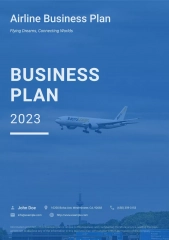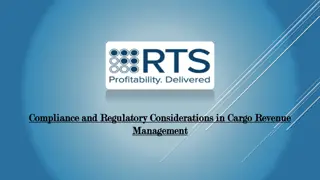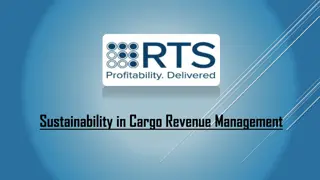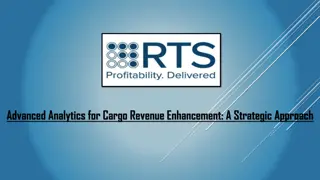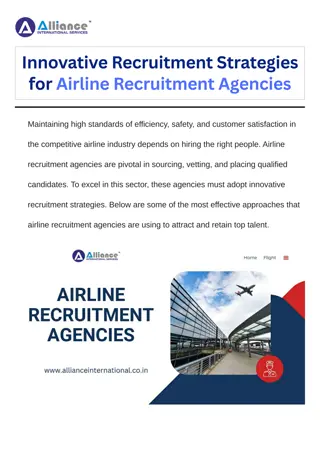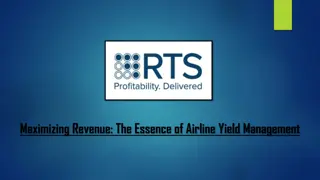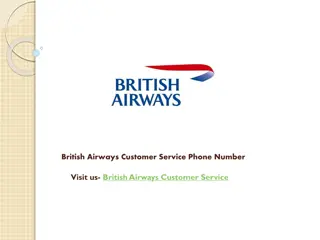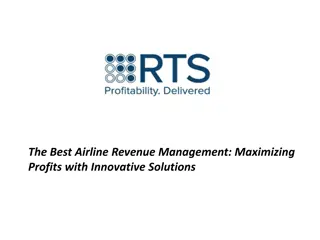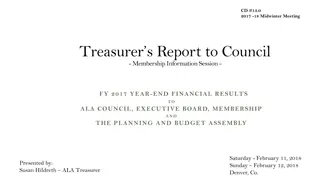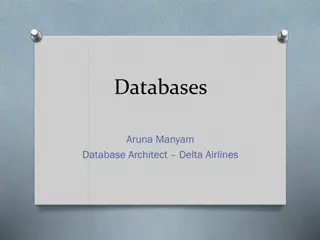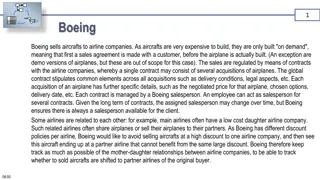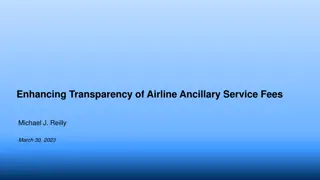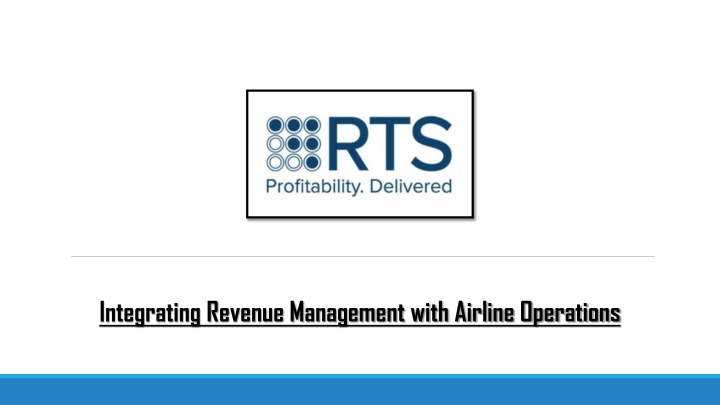
Integrating Revenue Management with Airline Operations
In todayu2019s competitive airline industry, maximizing profitability requires a seamless integration between revenue management and overall airline operations. Revenue management is no longer just about optimizing ticket pricesu2014it must align w
Download Presentation

Please find below an Image/Link to download the presentation.
The content on the website is provided AS IS for your information and personal use only. It may not be sold, licensed, or shared on other websites without obtaining consent from the author. If you encounter any issues during the download, it is possible that the publisher has removed the file from their server.
You are allowed to download the files provided on this website for personal or commercial use, subject to the condition that they are used lawfully. All files are the property of their respective owners.
The content on the website is provided AS IS for your information and personal use only. It may not be sold, licensed, or shared on other websites without obtaining consent from the author.
E N D
Presentation Transcript
In todays competitive airline industry, maximizing profitability requires a seamless integration between revenue management and overall airline operations. Revenue management is no longer just about optimizing ticket prices it must align with operational strategies to enhance efficiency, customer satisfaction, and ultimately, financial performance. One critical aspect of this alignment is airline yield management, a dynamic pricing strategy that ensures airlines maximize revenue per available seat mile while maintaining a balance between demand and supply.
The Role of Airline Yield Management in Operations Airline yield management involves strategically allocating available seats at varying price points to maximize total revenue. While this pricing strategy is effective in isolation, its true potential is realized when integrated with airline operations. Flight scheduling, fleet utilization, crew management, and customer service all play crucial roles in supporting a revenue-driven operational model. For instance, if an airline's revenue management team sets pricing strategies without considering operational factors such as aircraft availability, turnaround times, and airport slot constraints, inefficiencies can arise. A misalignment between demand forecasting and operational capacity may result in overbooked flights, delays, or empty seats leading to revenue loss and customer dissatisfaction.
Benefits of Integration Aligning revenue management with airline operations offers several advantages: Optimized Pricing Decisions By considering real-time operational constraints, airlines can adjust pricing dynamically, ensuring they do not sell more seats than can be operationally handled. Enhanced Customer Experience A well-integrated system reduces last-minute disruptions, such as flight cancellations due to poor demand forecasting or lack of crew availability. Improved Load Factor Management By syncing revenue strategies with operational planning, airlines can optimize passenger load factors while minimizing costs. Efficient Resource Utilization Proper alignment ensures that aircraft, crew, and ground resources are used effectively, preventing unnecessary operational bottlenecks. Increased Profitability Airlines can maximize revenue through better demand forecasting and allocation of seats at the right price, supported by operational feasibility.
Conclusion In the ever-evolving airline industry, integrating revenue management with overall operations is crucial for sustaining profitability and customer satisfaction. Airline yield management must work hand in hand with operational strategies to ensure that airlines make data-driven pricing decisions while maintaining service reliability. By leveraging advanced solutions like RTS, airlines can enhance their revenue potential, streamline operations, and stay ahead of the competition. The key to success lies in breaking down silos between revenue and operations, creating a cohesive strategy that benefits both the airline and its passengers.

